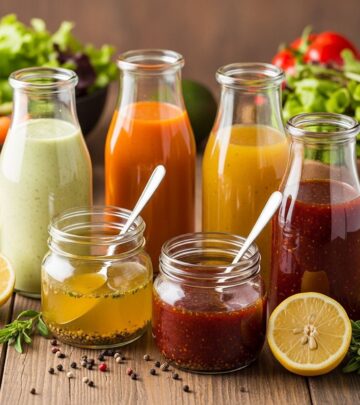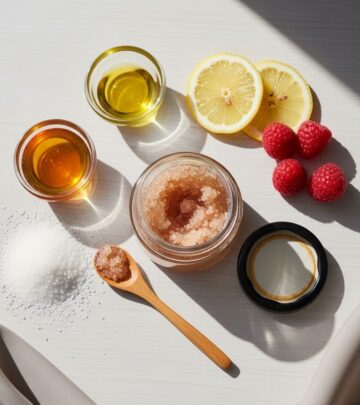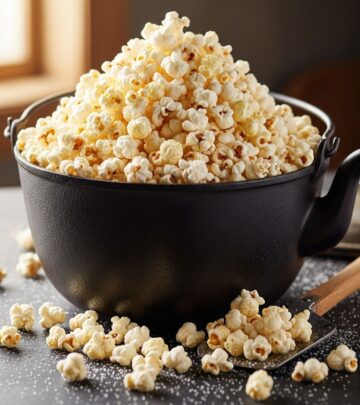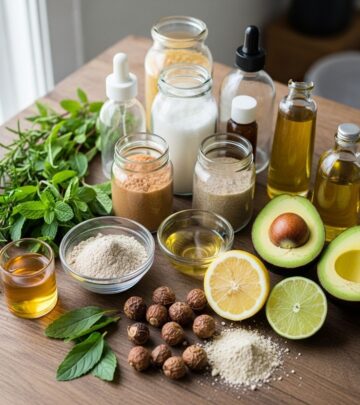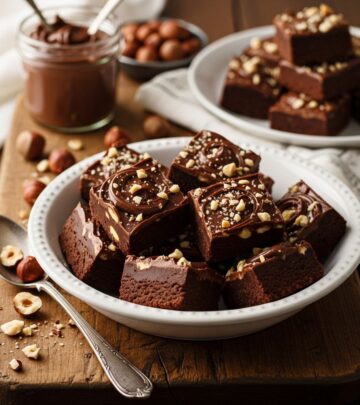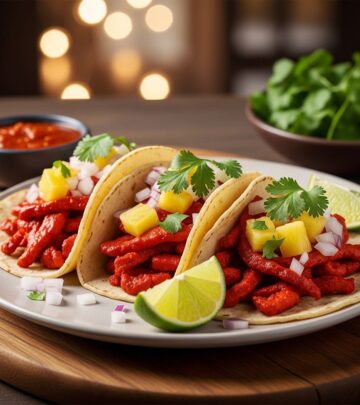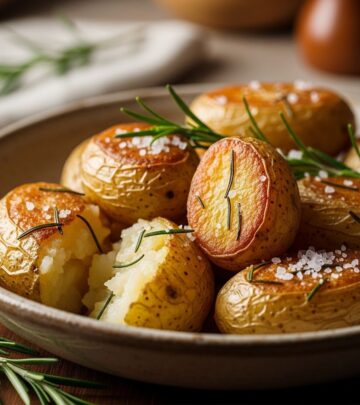Classic Linguine with Clam Sauce: An Italian Seafood Staple
Shelf-stable ingredients and straightforward steps turn pantry basics into an elegant seafood dish.
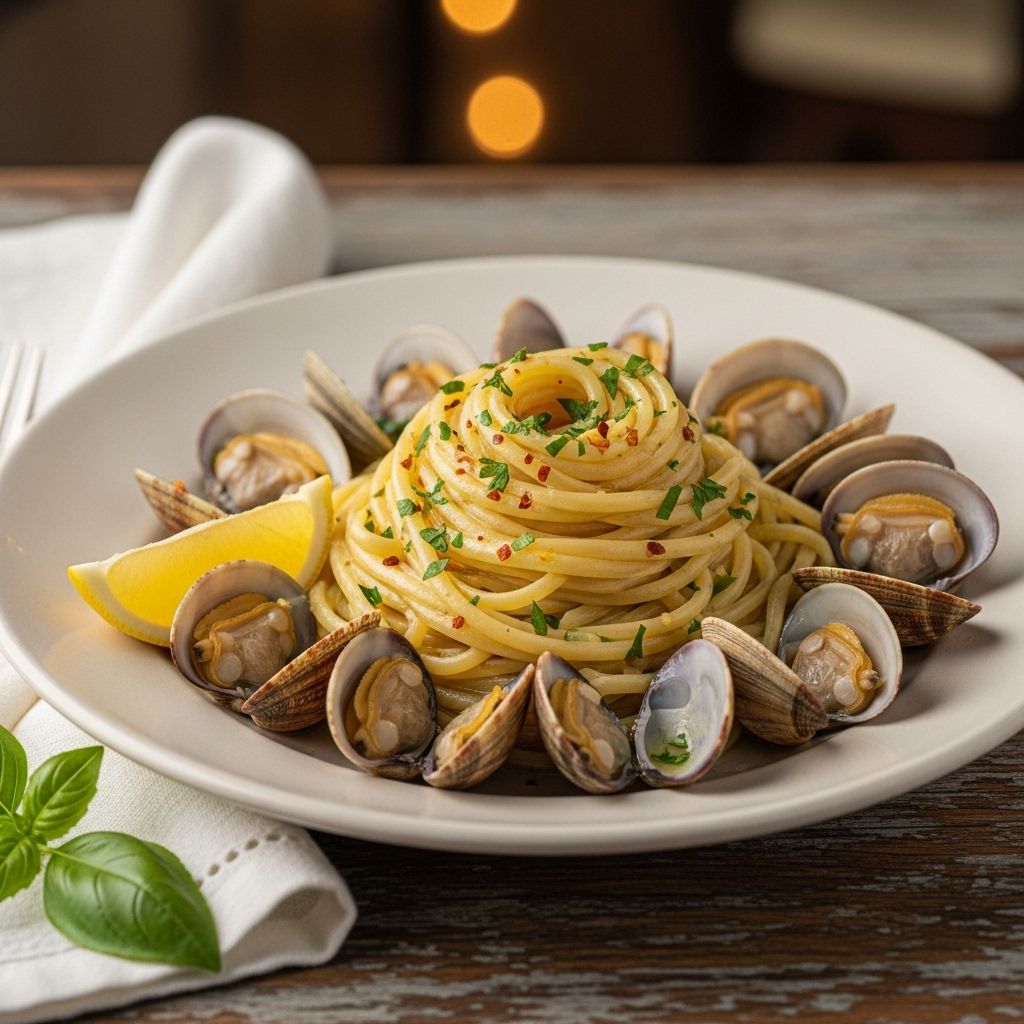
Image: HearthJunction Design Team
Classic Linguine with Clam Sauce
Linguine with clam sauce is a beloved Italian-American classic, known for its balance of savory seafood flavors, fragrant garlic, and the satisfying chew of pasta. This dish is cherished for its simplicity, speed, and the way it transforms pantry staples into an elegant meal worthy of any dinner table. Whether you’re seeking a quick weeknight dinner or a crowd-pleasing pasta for guests, linguine with clam sauce delivers on taste and comfort.
Why You’ll Love This Recipe
- Quick and Easy: Ready in about 30 minutes with minimal prep.
- Packed with Flavor: Briny clams, aromatic garlic, and fresh parsley offer robust, classic taste.
- Pantry-Friendly: Most ingredients are shelf-stable, including canned clams and dry pasta.
- Versatile: Easily adaptable to include fresh clams, different herbs, or added heat.
Ingredients
The beauty of this recipe lies in its simplicity. You’ll need just a handful of common ingredients to bring this iconic pasta to life.
- Dried linguine – The traditional pasta shape; holds the sauce well.
- Canned minced clams – Convenient, affordable, and delivers great clam flavor.
- Clam juice (from the cans) – Essential for infusing the sauce with rich seafood notes.
- Unsalted butter – Adds richness and helps blend the sauce.
- Olive oil – For sautéing and extra flavor depth.
- Fresh garlic – The aromatic backbone of the sauce.
- Fresh parsley – Lends brightness and color.
- Salt and pepper – To taste.
- Lemon wedges (optional) – For serving and a zippy finish.
- Red pepper flakes (optional) – If you like a bit of heat.
- Grated Parmesan cheese (optional) – Not traditional, but commonly added for richness.
Step-by-Step Instructions
Getting dinner on the table is simple. Follow these straightforward steps for perfect linguine with clam sauce, every time.
Step 1: Cook the Pasta
- Bring a large pot of well-salted water to a boil.
- Add dried linguine and cook according to package directions until al dente.
- Reserve about 1/2 cup pasta water, then drain the pasta and set aside.
Step 2: Make the Clam Sauce
- While pasta cooks, heat butter and olive oil in a large skillet over medium heat.
- Add finely chopped garlic (and red pepper flakes, if desired) and sauté until fragrant, about 1-2 minutes. Avoid browning the garlic.
- Pour in the clam juice from the cans (reserve the clams themselves), stirring to combine.
- Increase heat to bring to a gentle simmer. Let the sauce cook for about 10 minutes to concentrate flavors.
- Add minced clams and half of the chopped parsley. Heat just until clams are warmed through—do not overcook to avoid toughness.
Step 3: Combine and Serve
- Add drained linguine directly to the skillet with the clam sauce.
- Toss well, adding a splash of reserved pasta water if the sauce seems dry.
- Season with salt and pepper to taste.
- Sprinkle with remaining parsley, and serve immediately with lemon wedges and Parmesan if desired.
Ingredient Substitutions and Variations
| Ingredient | Substitute or Addition | Effect |
|---|---|---|
| Canned clams | Fresh littleneck or Manila clams (scrubbed) | More briny flavor; requires extra prep to steam clams open. |
| Olive oil | Extra-virgin olive oil for finishing | Richer olive flavor and aroma. |
| Parsley | Basil or oregano | Different herbal notes; more Mediterranean flair. |
| Linguine | Spaghetti or fettuccine | Similar texture; holds sauce slightly differently. |
| Lemon | Lime zest or juice | Lighter, more citrus-forward finish. |
Tips for Perfect Linguine with Clam Sauce
- Don’t overcook the clams: Add canned clams at the end to prevent them from turning chewy.
- Use fresh garlic: The flavor of garlic is essential, so avoid pre-minced varieties.
- Balance the sauce: If it’s too thick, add reserved pasta water; if it’s too thin, simmer longer to reduce.
- Toss the pasta in the sauce: This ensures every strand is perfectly coated and absorbs flavor.
- Finish with fresh herbs and lemon: Fresh parsley and a squeeze of lemon lift the flavors before serving.
Serving Suggestions
- Serve with a crisp green salad or steamed vegetables for freshness.
- Pair with crusty bread to mop up every drop of sauce.
- Enjoy alongside a chilled glass of Pinot Grigio or Sauvignon Blanc for a classic pairing.
Storing and Reheating
- Refrigeration: Store any leftovers in an airtight container for up to 2 days.
- Reheating: Warm gently in a skillet with a splash of water or broth to restore moisture. Avoid microwaving, which can overcook the clams.
- Freezing: Not recommended, as clams and pasta can become tough and watery after thawing.
Nutritional Information
This dish is light yet satisfying, offering a good source of lean protein from the clams and complex carbohydrates from the pasta. For an even lighter version, consider reducing the amount of butter and using whole wheat linguine.
Common Mistakes and How to Avoid Them
- Overcooking the clams: Add at the last minute to maintain tenderness.
- Letting garlic burn: Sauté briefly on medium heat and remove from pan if it starts to brown.
- Dry pasta: Reserve pasta water to adjust sauce consistency as needed.
- Skipping the final toss: Always mix pasta and sauce in the skillet for best flavor distribution.
Frequently Asked Questions (FAQs)
Can I use fresh clams instead of canned?
Absolutely! Steam cleaned clams in a covered pan with white wine and garlic until they open, then proceed with the recipe. Discard any clams that do not open.
Is Parmesan cheese traditional with clam sauce?
Traditional Italian practice skips cheese with seafood pasta, but it’s a popular topping in many American kitchens. Add it if you love the flavor.
How do I make the sauce creamier?
For a richer sauce, stir in a splash of heavy cream or extra butter just before adding the clams.
What pasta shapes can I use instead of linguine?
Spaghetti and fettuccine are great substitutes. Even shorter shapes like penne work if needed.
How do I prevent the sauce from tasting too salty?
Use unsalted butter and taste the sauce before adding extra salt. Some canned clam juices can be briny.
Chef’s Tips and Flavor Additions
- White Wine: Add 2 tablespoons of white wine to the sauce for extra depth and aroma.
- Red Pepper Flakes: For heat, include 1/4 teaspoon with the garlic.
- Lemon Zest: Finely grate zest over the finished dish for brightness.
- Anchovy Paste: Stir a small amount into the oil and garlic for an umami boost.
History and Origins
Linguine with clam sauce has roots in the coastal regions of Italy, particularly Liguria and Campania. The dish evolved in America as Italian immigrants adapted recipes to available ingredients, often relying on canned clams and dry pasta. Today, it remains a testament to the timeless appeal of simple, seafood-forward cooking.
Make It Your Own
- Herb Change: Try fresh basil, oregano, or chives in place of (or alongside) parsley.
- Tomato Variation: Add diced tomatoes or a spoonful of tomato paste for a rosy hue and extra flavor.
- Whole Wheat Pasta: For added fiber, swap in whole wheat linguine.
- Chili Lovers: Double the red pepper flakes for a bolder bite.
Reader Testimonials
“This was fantastic—better than most restaurants and so easy to prepare! My family asks for it again and again.”
“A quick, flavorful meal that always impresses company. The lemon and parsley make it feel fresh and light.”
Conclusion
Linguine with clam sauce is a true pantry hero—fast, flavorful, and endlessly adaptable. Whether it’s a busy weeknight or a special weekend supper, this dish proves that a handful of ingredients, thoughtfully prepared, can yield restaurant-quality results. With these tips and steps, you can bring a taste of coastal Italy to your kitchen anytime.
References
- https://www.youtube.com/watch?v=xPyj6pmYyEk
- https://www.allrecipes.com/recipe/234453/linguine-with-garlicky-white-clam-sauce/
- https://www.allrecipes.com/recipe/18148/the-best-clam-sauce/
- https://www.allrecipes.com/recipe/12029/linguine-with-white-clam-sauce-ii/
- https://www.allrecipes.com/recipe/11951/linguine-with-clam-sauce/
Read full bio of Shinta

